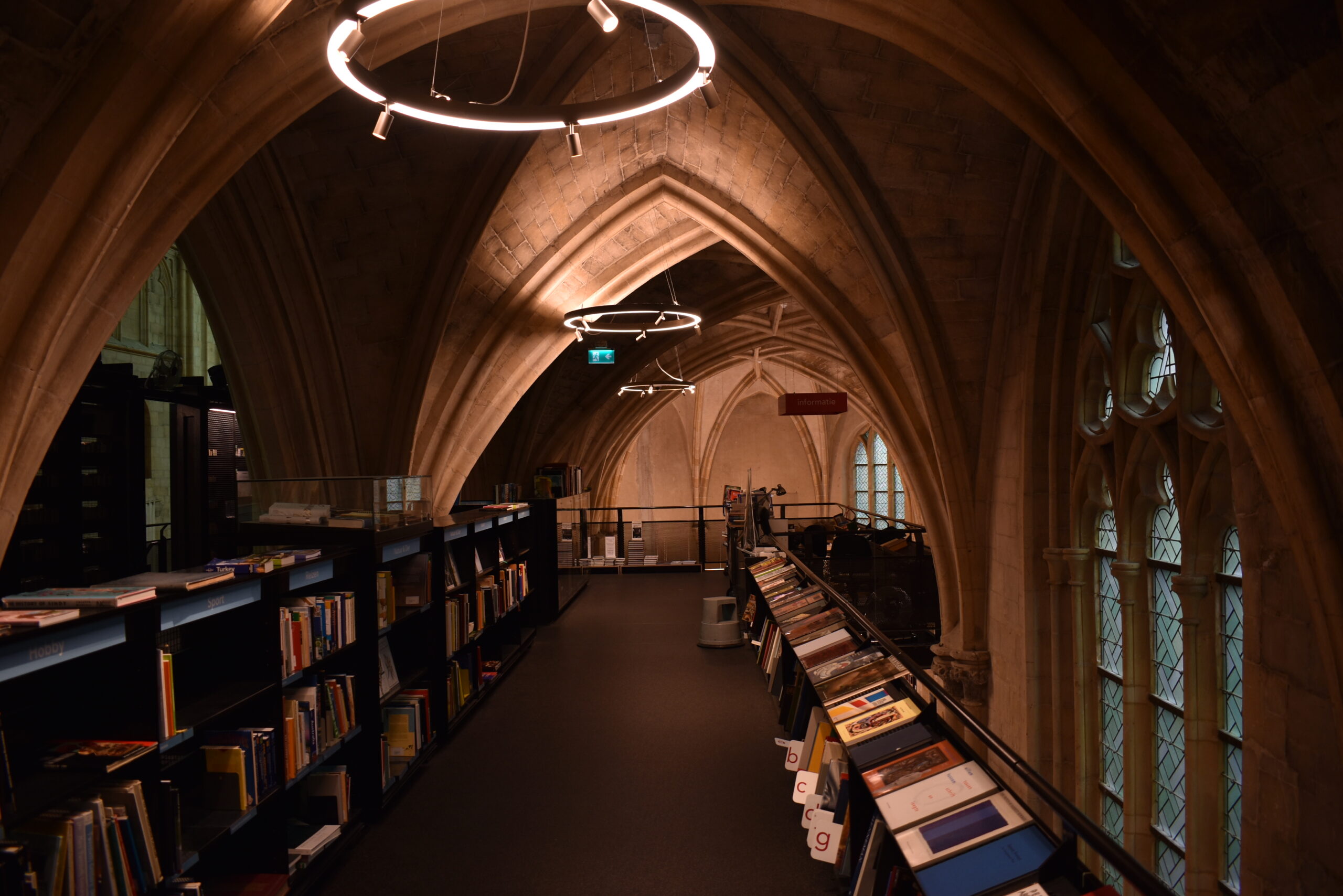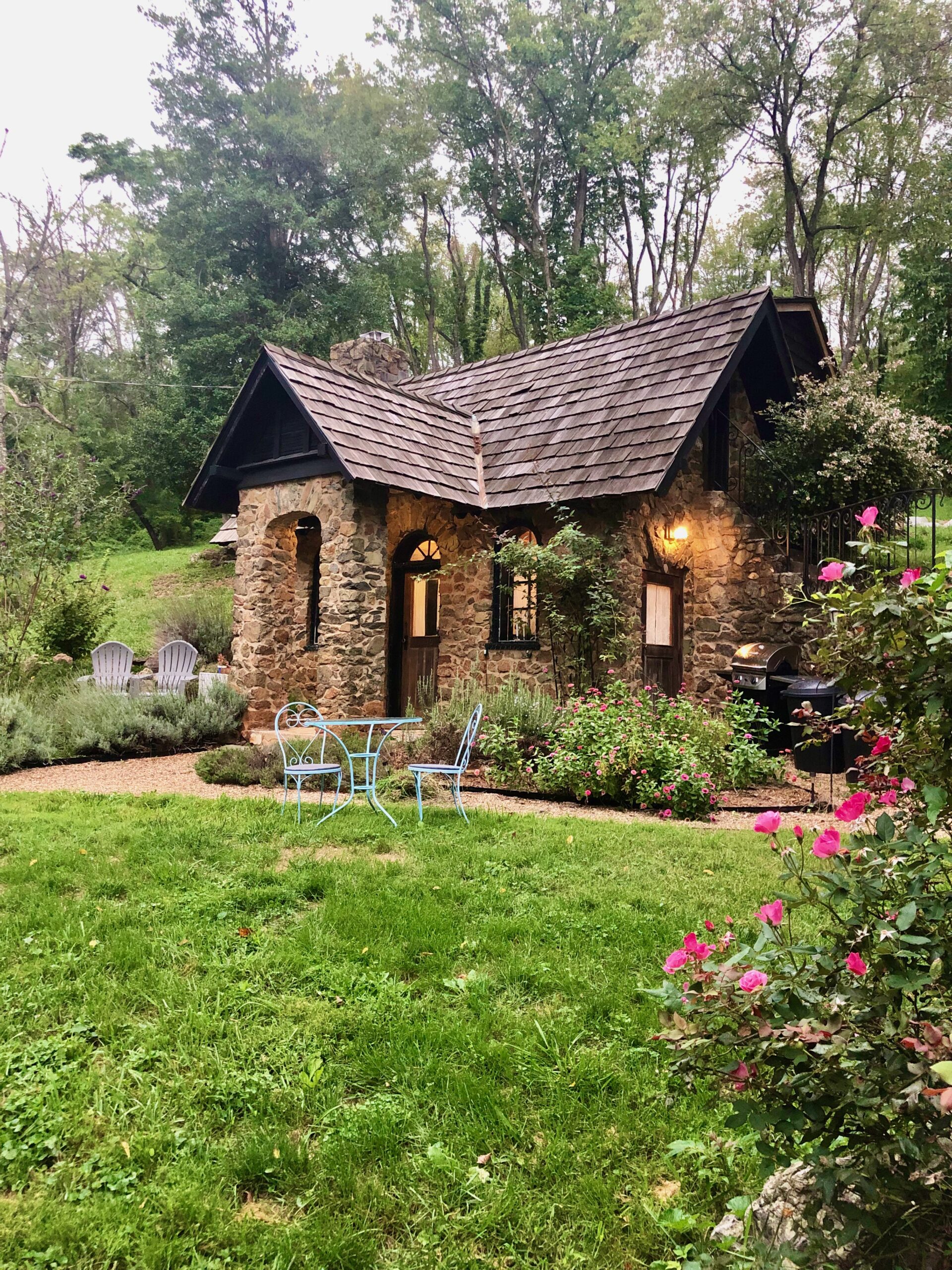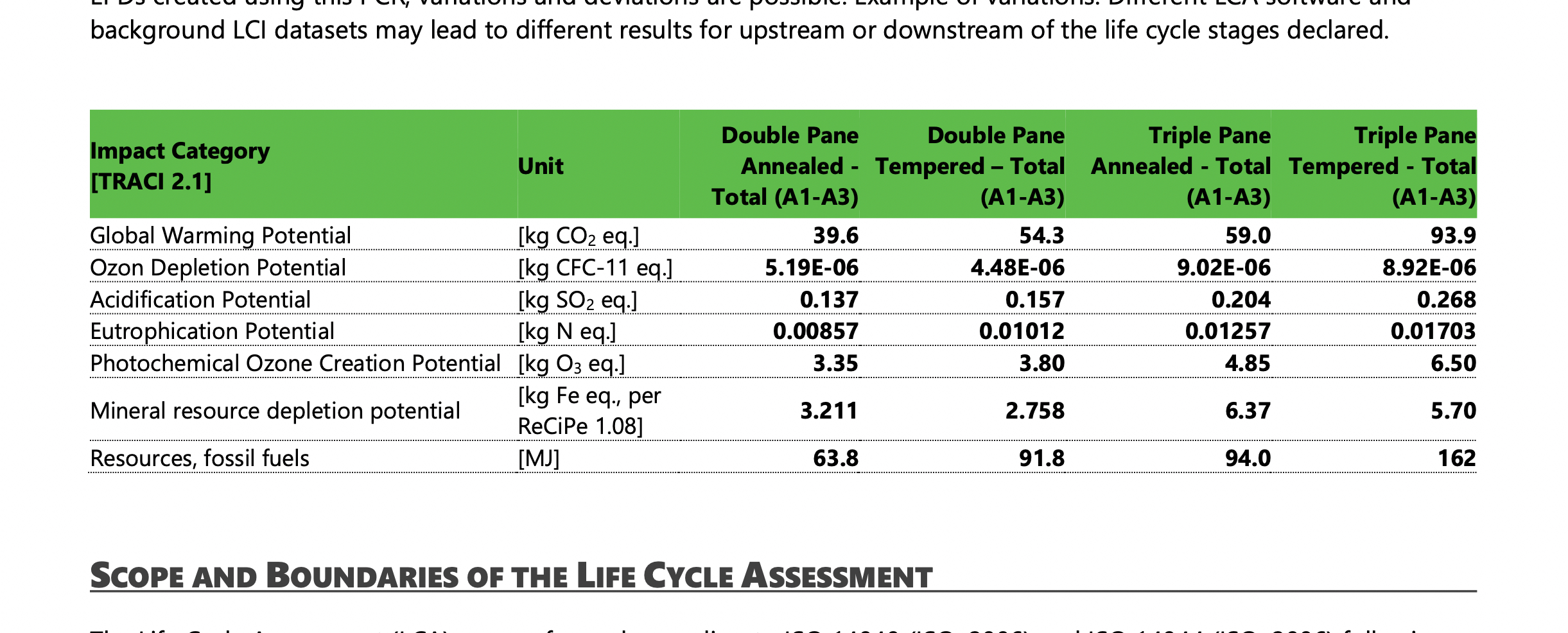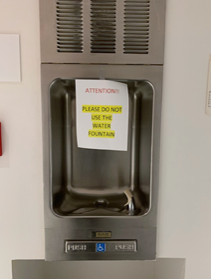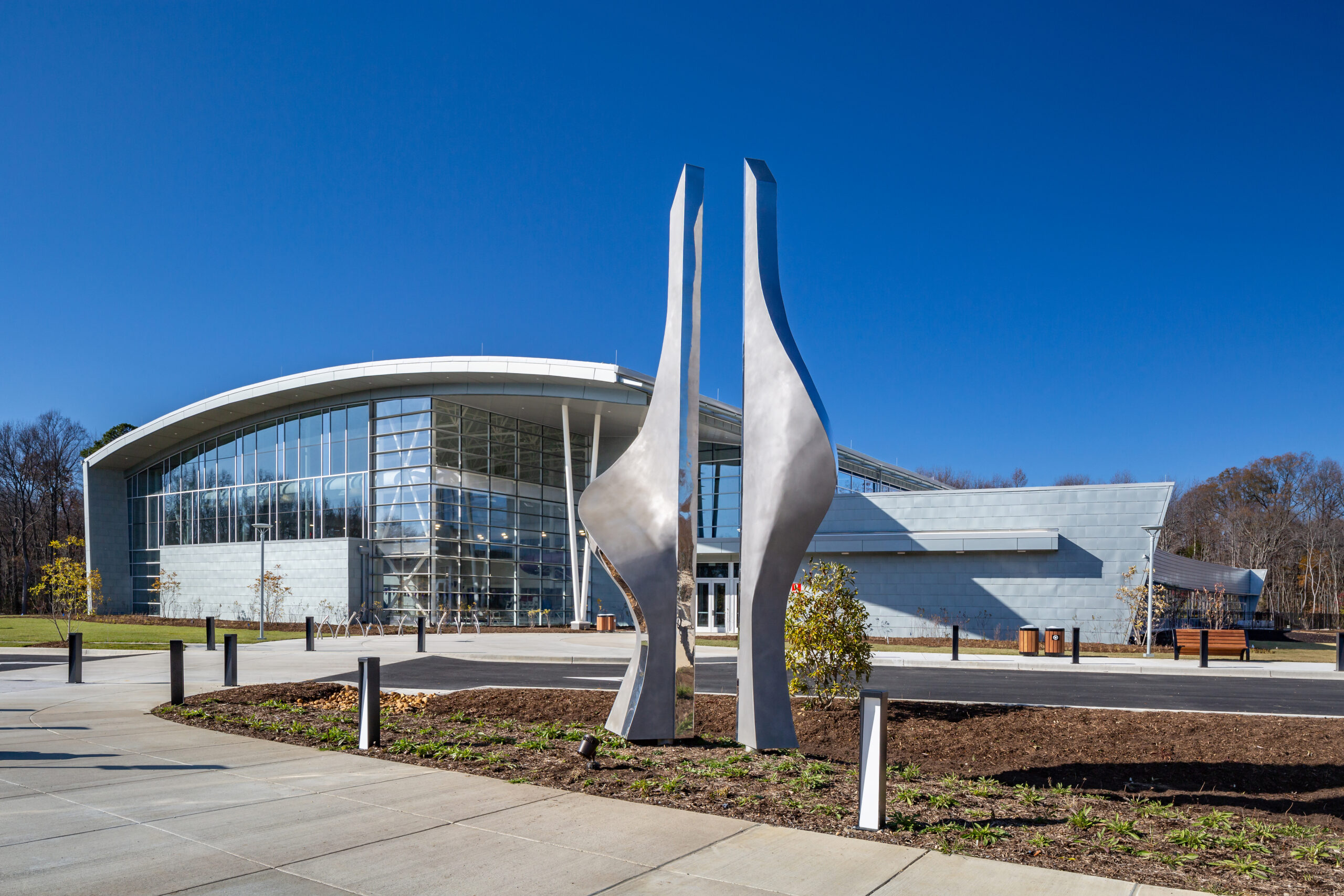THE STORY
The heart of communities in the West has always been the church, where congregants have not only worshiped and found greater meaning in their lives, but built their social lives around this hub. However, in recent decades, changing demographics and secularization have depreciated the church’s position as the social locus of society. This phenomenon is particularly conspicuous in Europe where its large, historic cathedrals have become progressively more vacant.
More »
